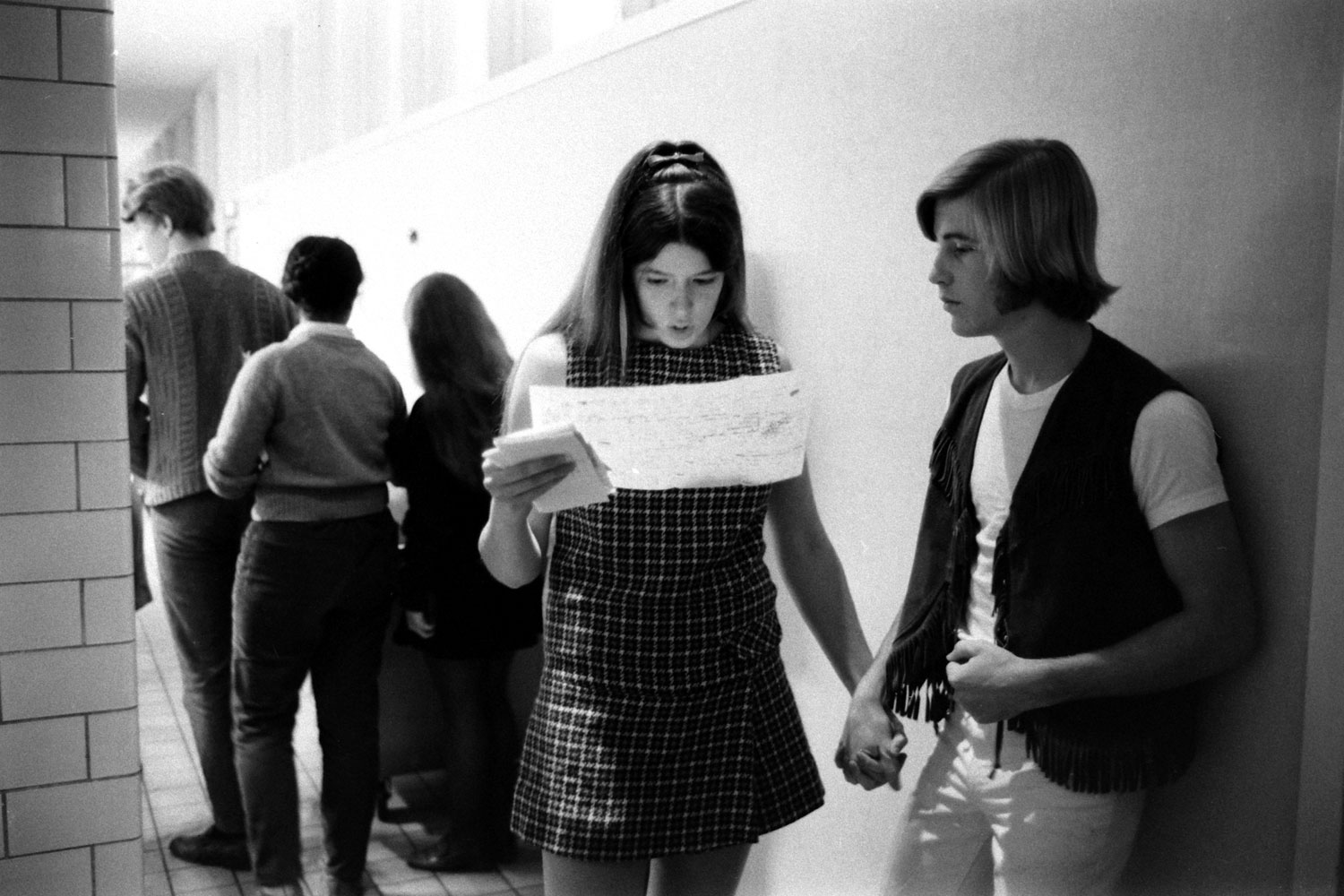
Young men and women visiting each other in a dorm will hardly be viewed as an “intimate revolution” when college begins this fall for millions of American students. But not all that long ago, co-ed dorms were viewed as a dramatic, and even a potentially dangerous, innovation. A November 1970 issue of LIFE magazine detailed the novel experiment as enacted by Oberlin College in Ohio — then in its second year of co-ed dorms and 24-hour visiting between men and women. LIFE’s managing editor at the time, Ralph Graves, knew what was coming when the piece published:
“This week’s cover of a boy and girl living in a co-ed dorm at Oberlin College will, I know from experience, bring anguished letters from some readers,” he wrote. “Although co-ed dorms are a major phenomenon on the American campus … some readers will protest that we are ‘celebrating’ or ‘endorsing’ or ‘glorifying’ a controversial situation by putting it on LIFE’s cover.”
Nothing in the piece explicitly demonstrates LIFE’s support for co-ed living. But the photographs depict a kind of ease and camaraderie within the co-ed dorms that suggest a definite uptick in quality of life for the beneficiaries of Oberlin’s new system. The shared living space bred a communal spirit, rather than promiscuity, according to men and women quoted in LIFE.
“You gain so many brothers,” said one sophomore woman. “Platonic relationships come so easily.” Freshman David Jensen, meanwhile, noted with surprise that he found himself “taking [his women classmates] more for granted as people, something I’d never done before.”
Self-consciousness about things like exposing one’s Medusan bedhead to members of the opposite sex first thing in the morning was evidently a non-issue, and grades remained stable.
Still, not everyone was pleased with the burgeoning co-ed experiment around the country. Nineteen-year-old Peter Jay Ehlendt, for example, “a veteran of a year’s residence in a mixed dorm at Michigan State University,” gladly moved into an apartment far from “the broads.”
“You couldn’t relax, or take to the halls in your skivvies,” he told LIFE of his time in a co-ed dorm. “You couldn’t swear or slop down a meal with the guys because there were always a bunch of girls hanging around.” Freshmen, he argued, couldn’t handle the overwhelming freedom that the living arrangements afforded them. There’s no discussion in the article, meanwhile, of whether gay men and women in wholly same-sex dorms might suffer a similar sexual vertigo upon being surrounded by constant temptation. (One might also assume, from these pictures, that there were no men or women of color on the Oberlin campus in 1970 — which is especially strange in light of the fact that Oberlin, founded by Presbyterian ministers in 1833, was the first American college to admit both women and African Americans.)
Half a century later, living-arrangement innovations in college life have broadened and deepened. Gender-neutral rooms at places like the California Institute of Technology, Clark University and the University of Pennsylvania allow male and female students to live together in the same rooms, as opposed to the Oberlin system depicted here that featured separate quarters for men and women within the same dorm, while students who identify outside of “traditional” parameters (LGBT youth, for example) increasingly find safe and welcoming environments on campuses around the country.
The final word, though, belongs to Bill McIlrath, then the associate admissions director at Oberlin, who addressed prevalent concerns that co-ed dorms — and similar variations of old-school themes — were simply the most obvious emblems of the decline of moral and ethical standards on campuses everywhere.
“Some parents expect the Oberlin campus to be full of bomb-throwers, perverts and free-lovers,” McIlrath pointed out. “It’s not.”
Tara Thean is a freelance writer and graduate student in biological sciences at Cambridge University. Follow her on Twitter @tarathean.
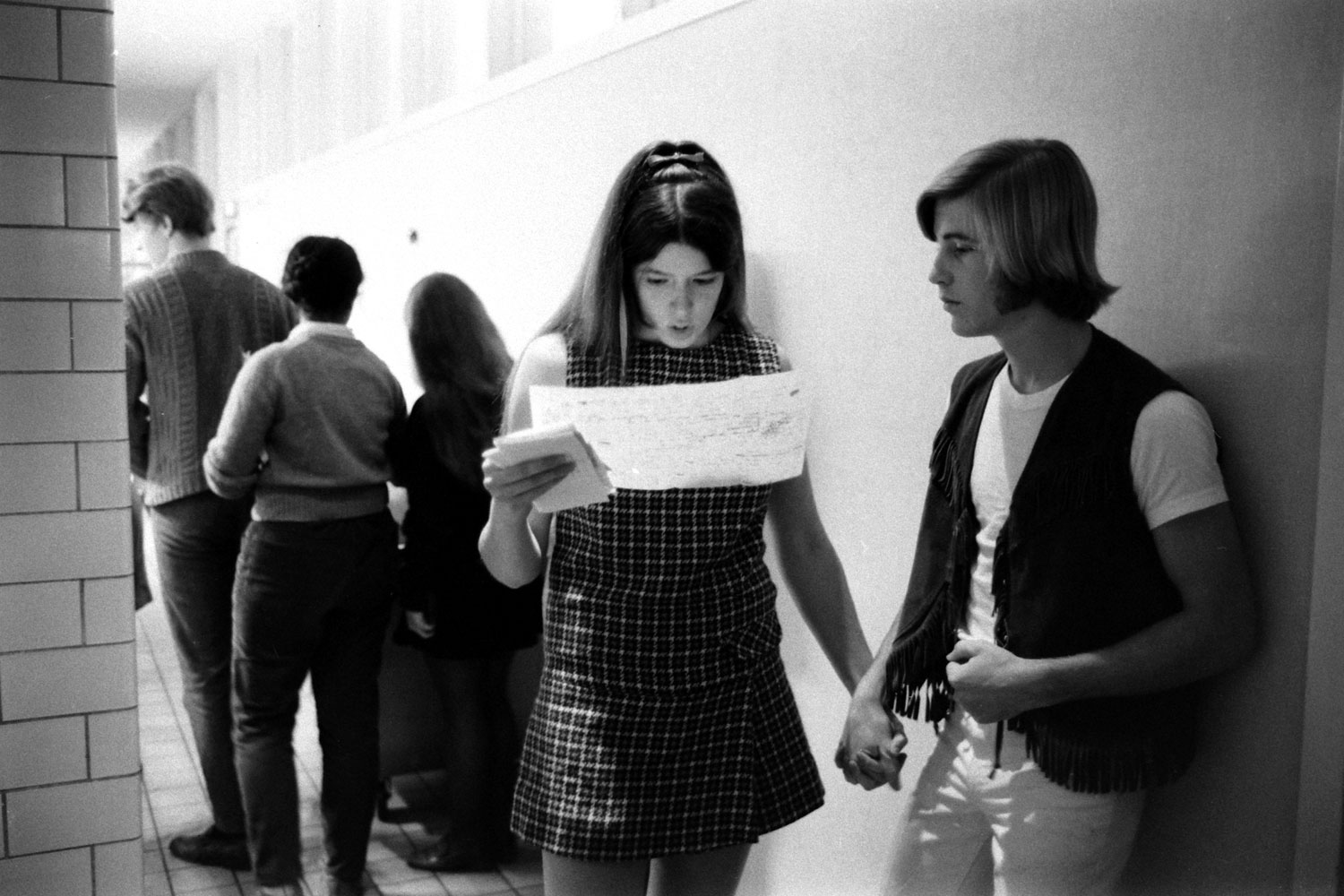

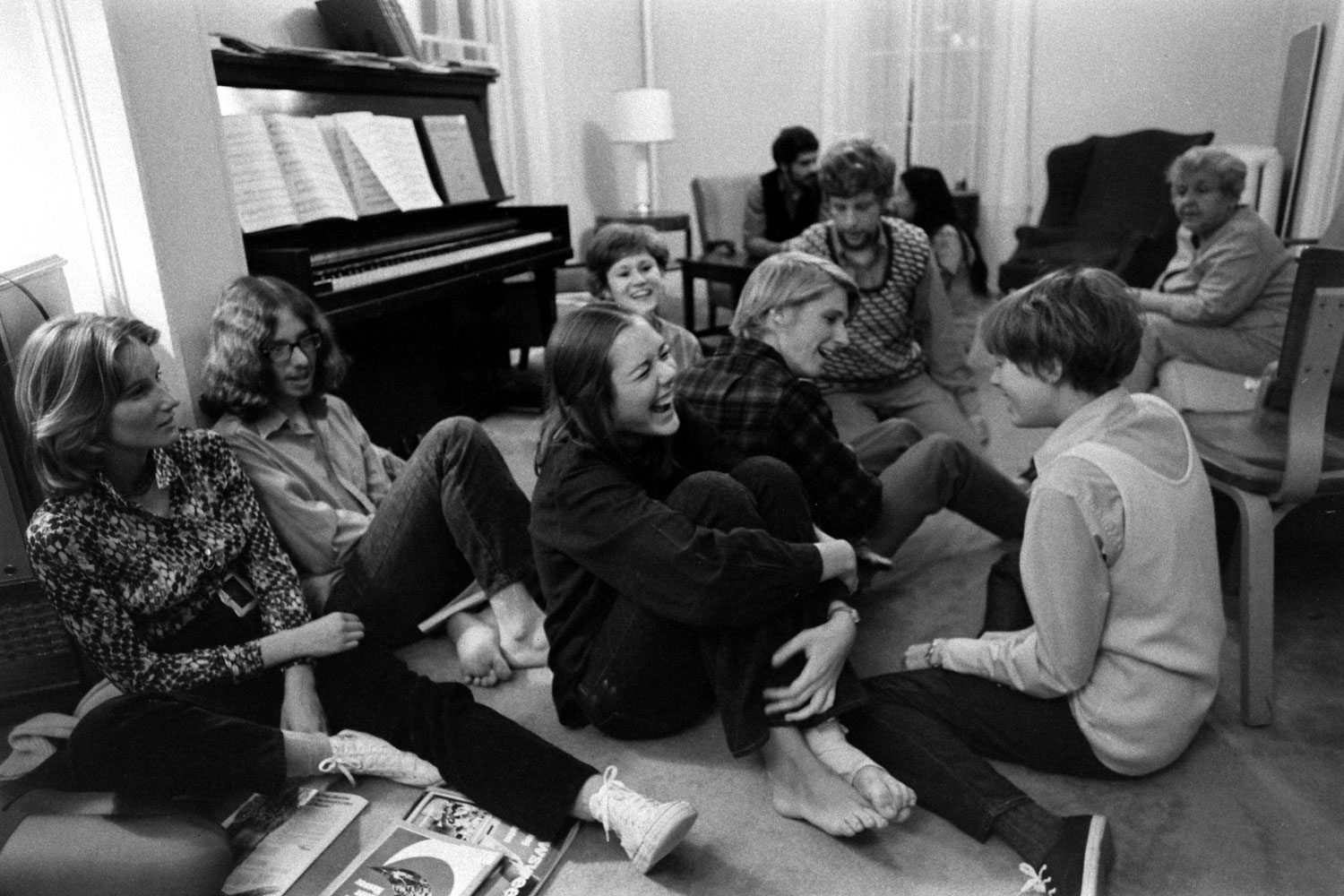
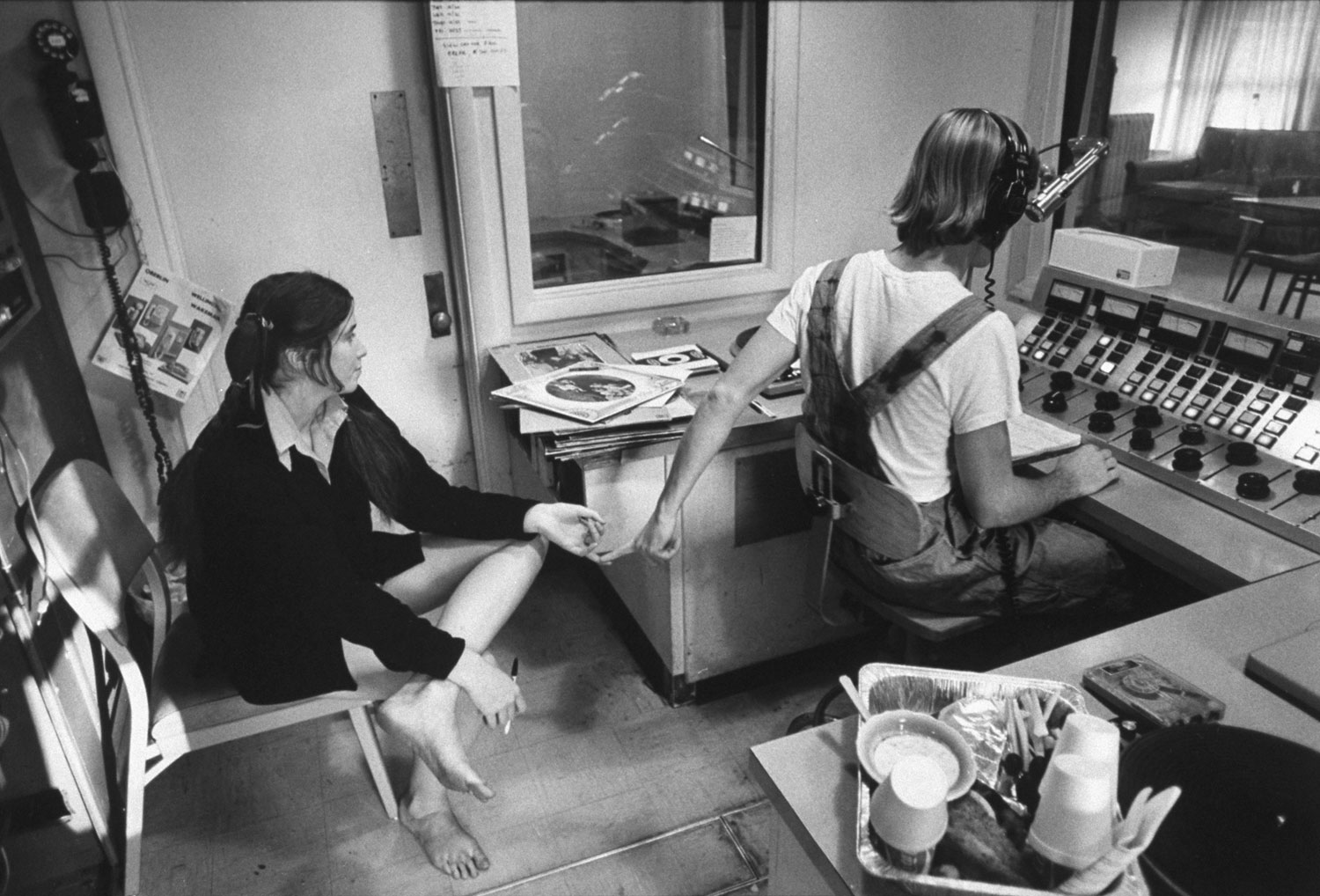

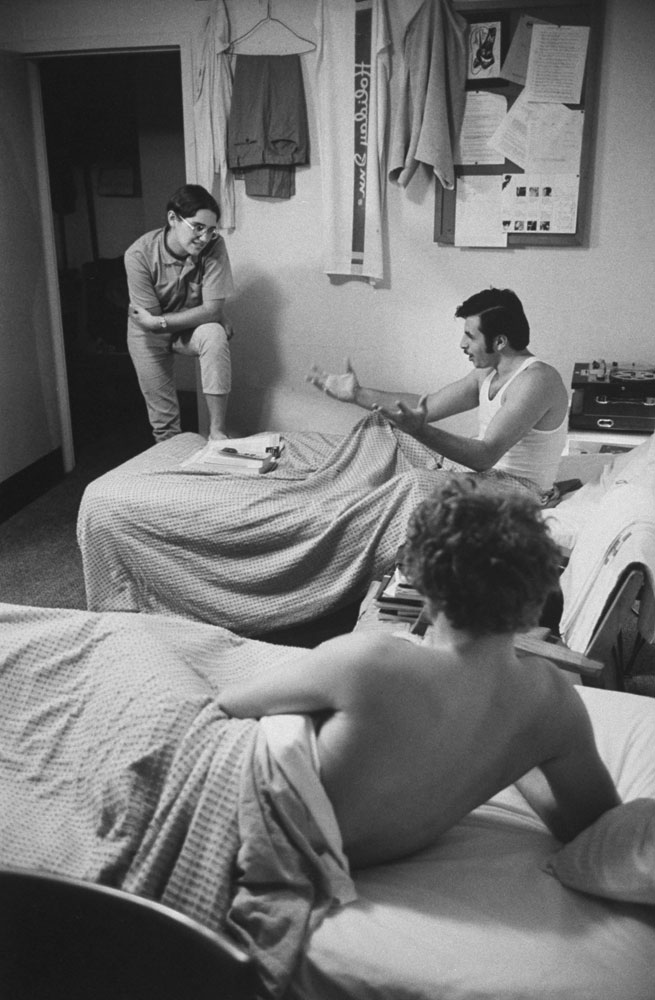
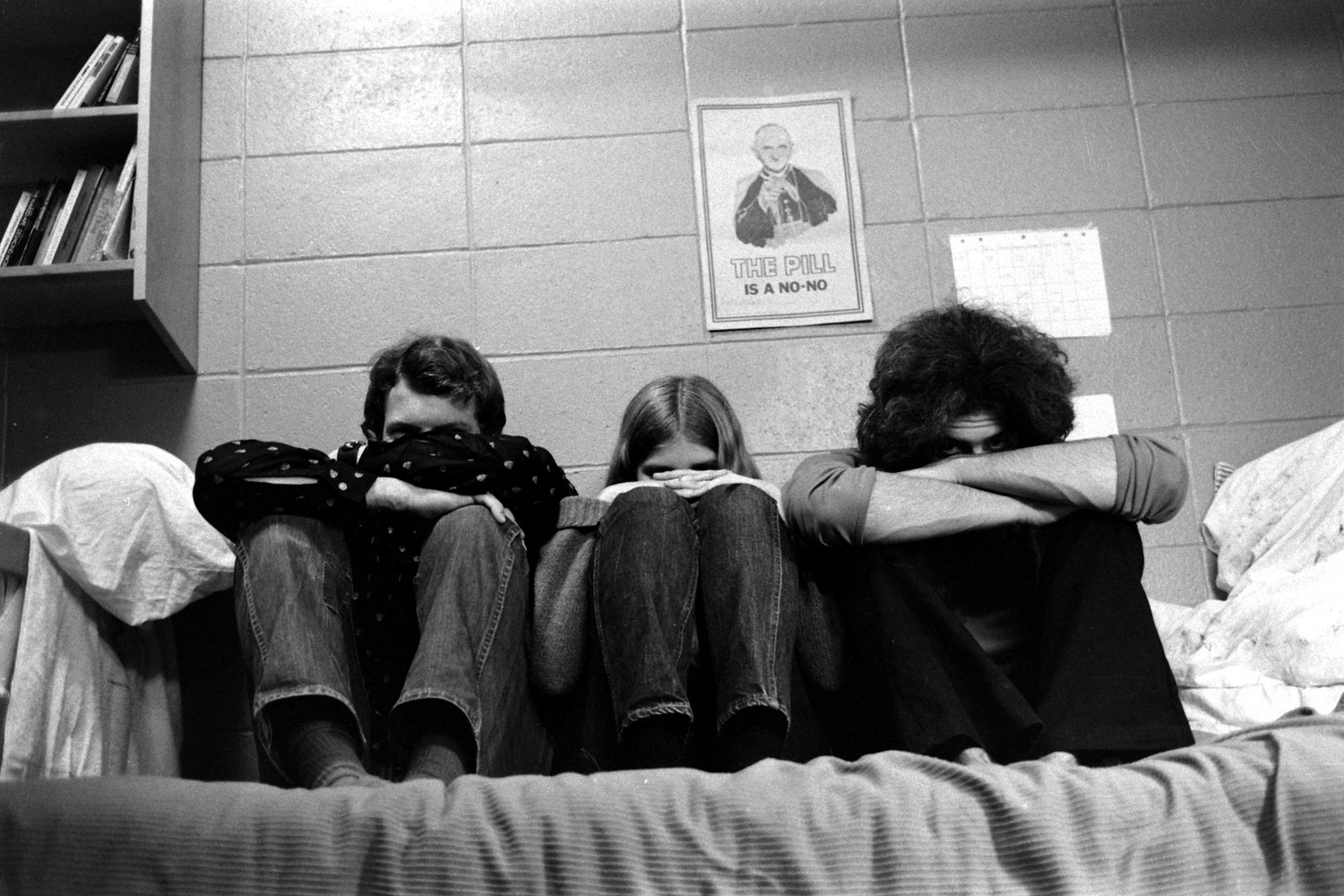
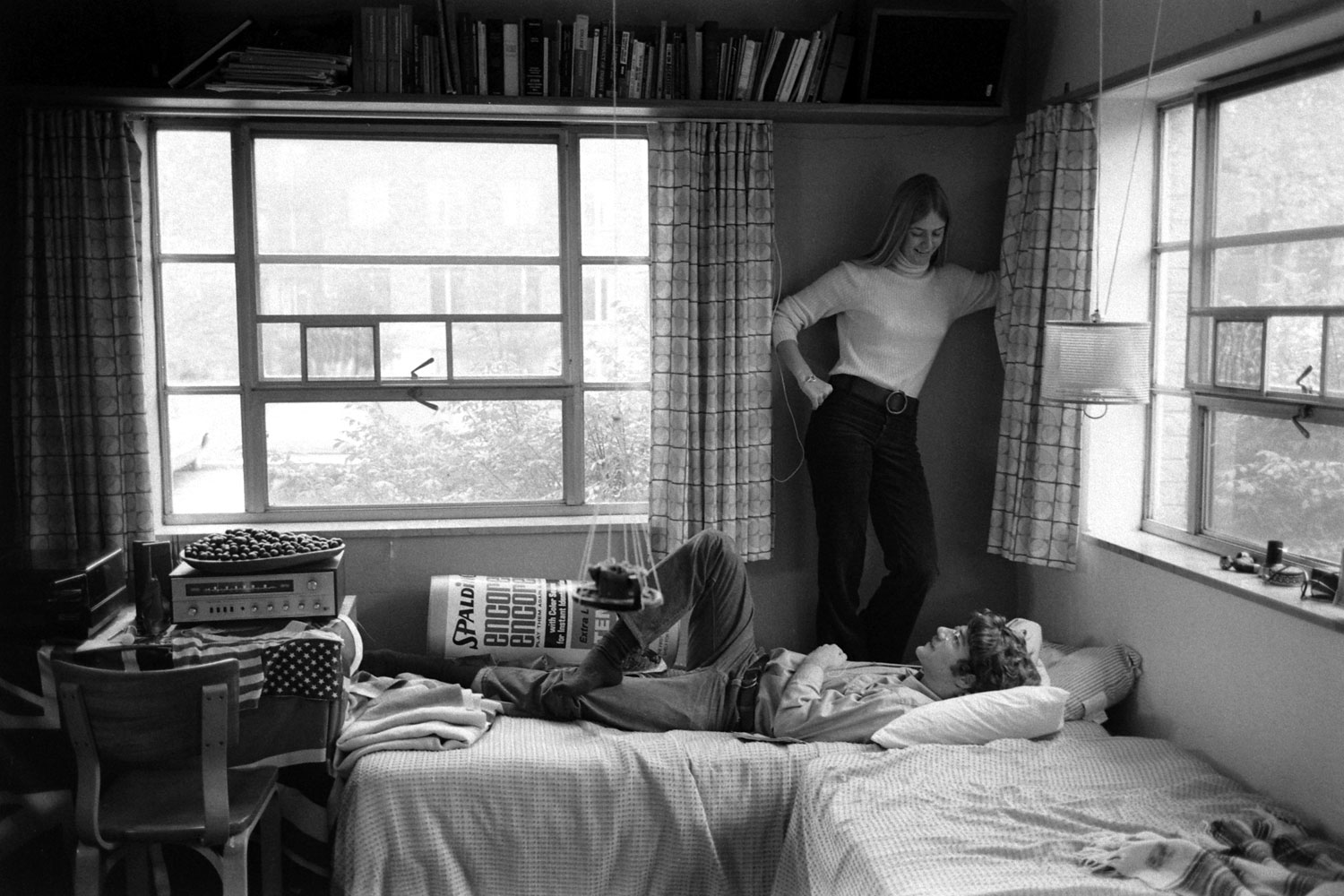
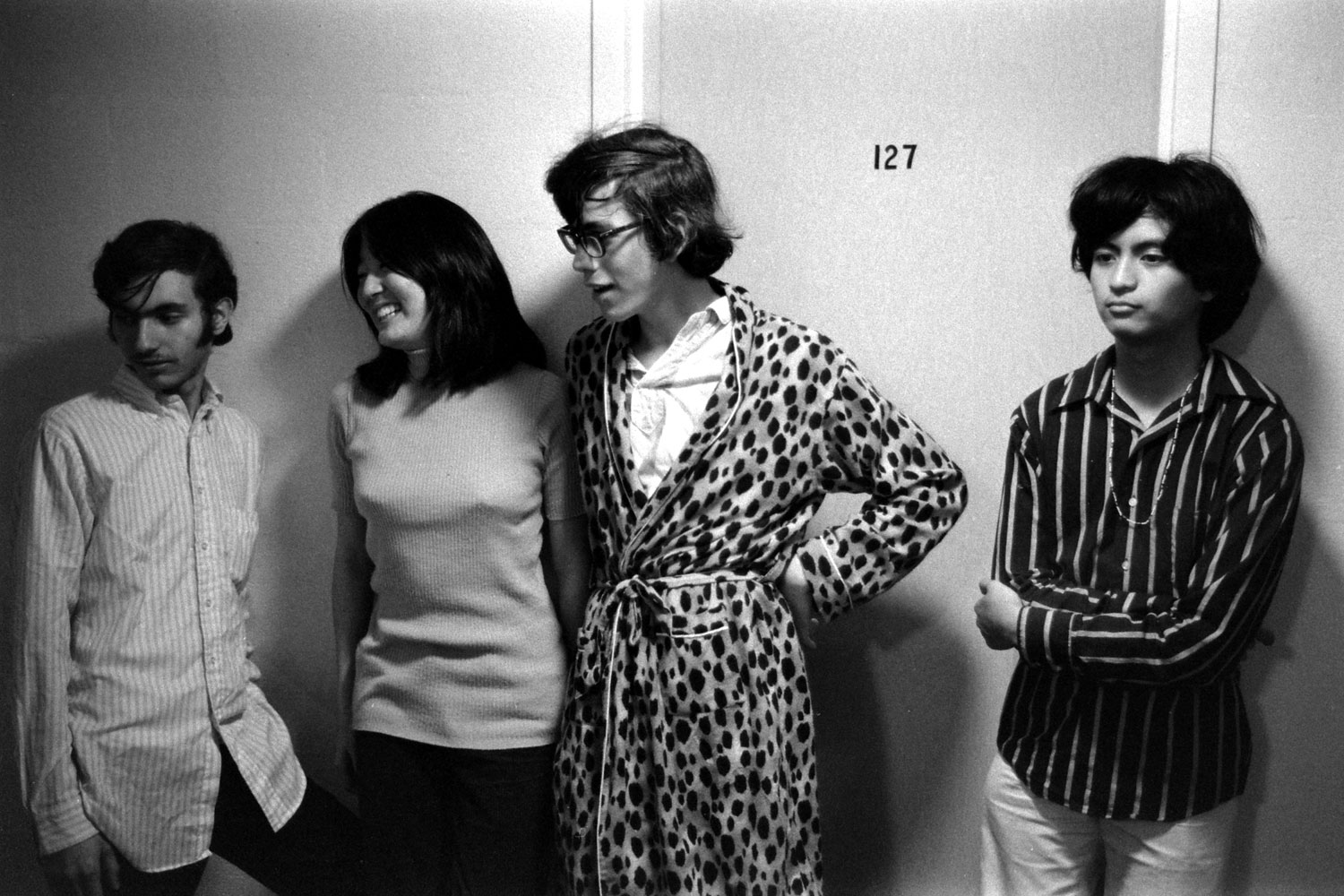
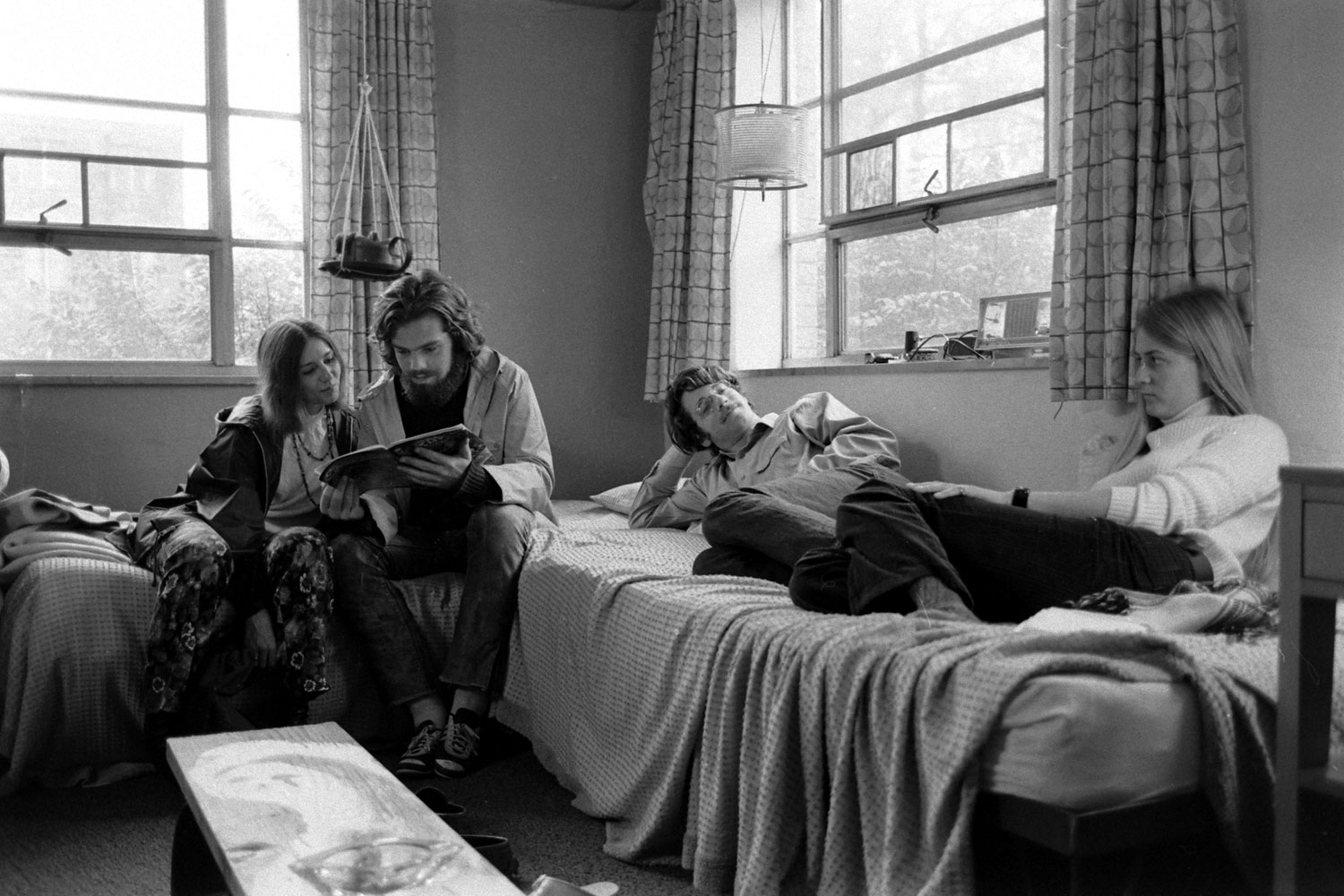
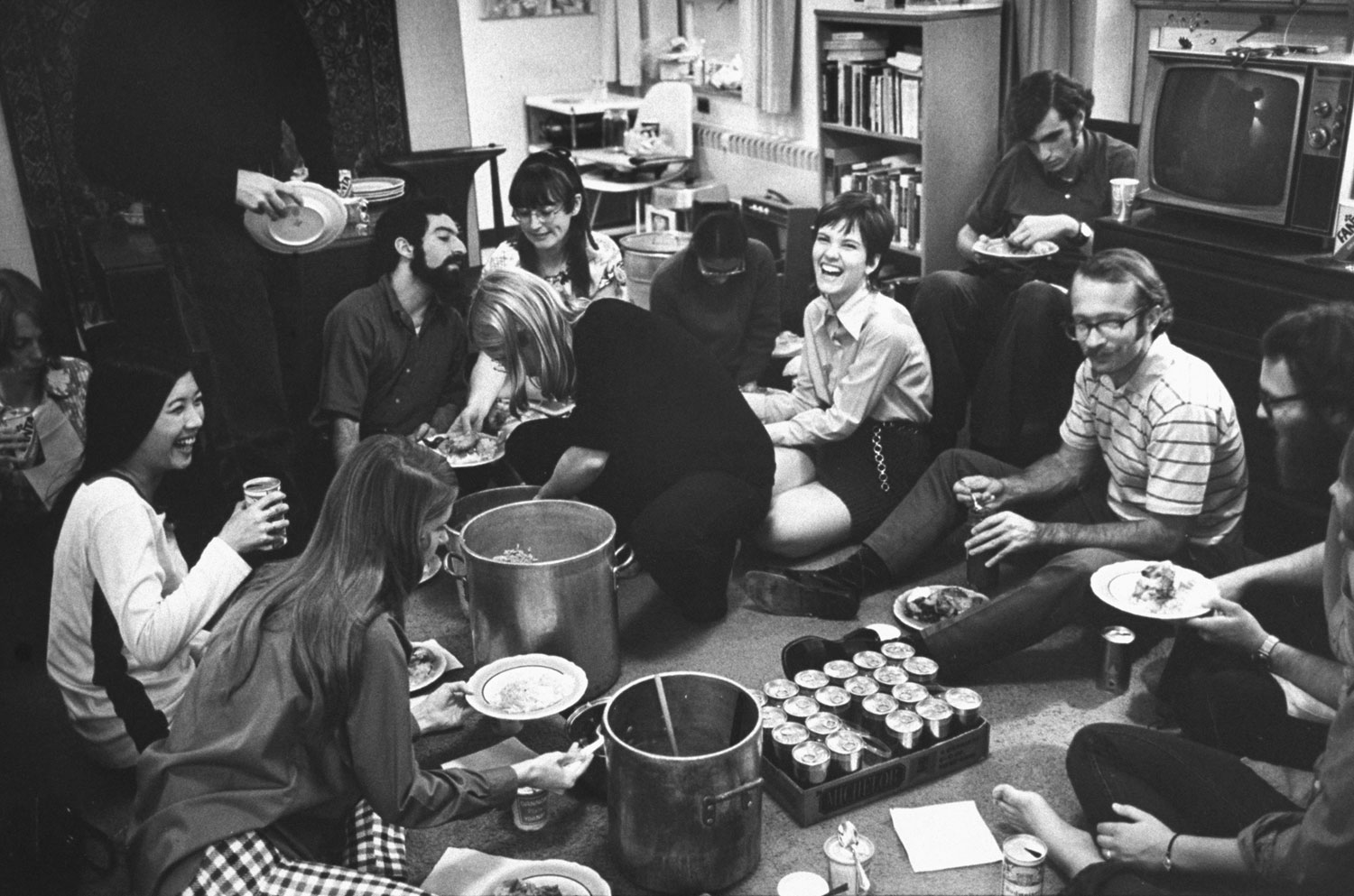

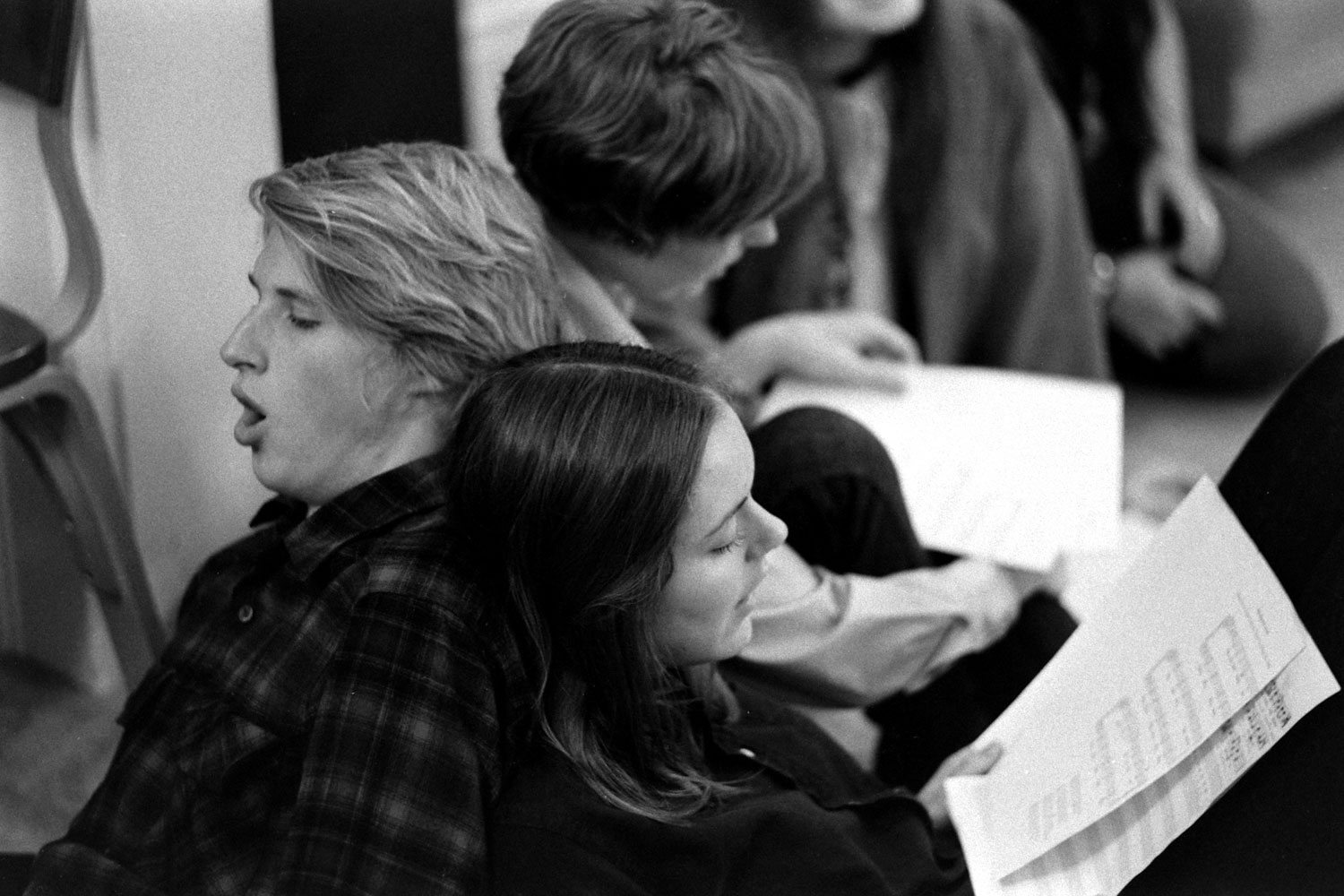
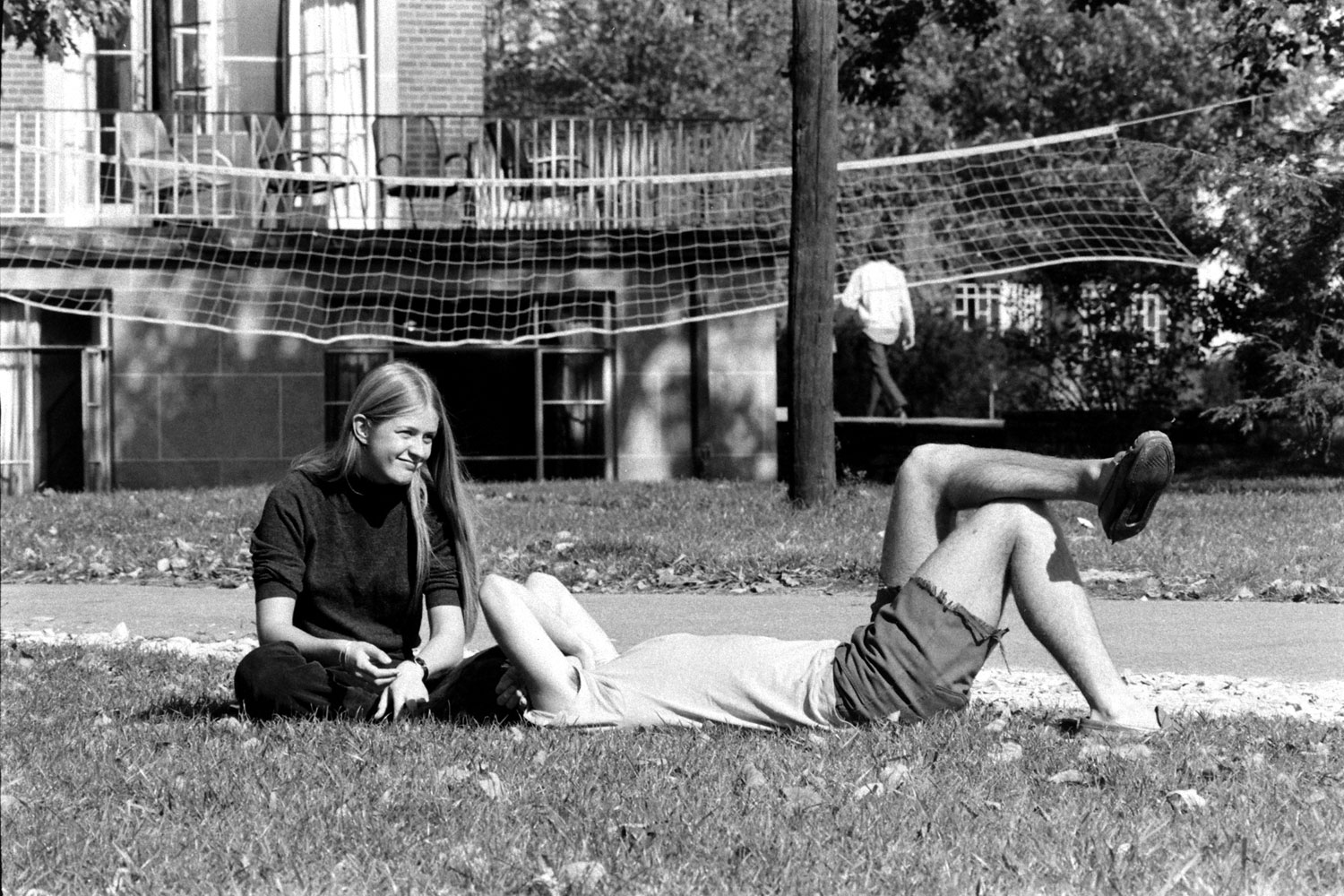
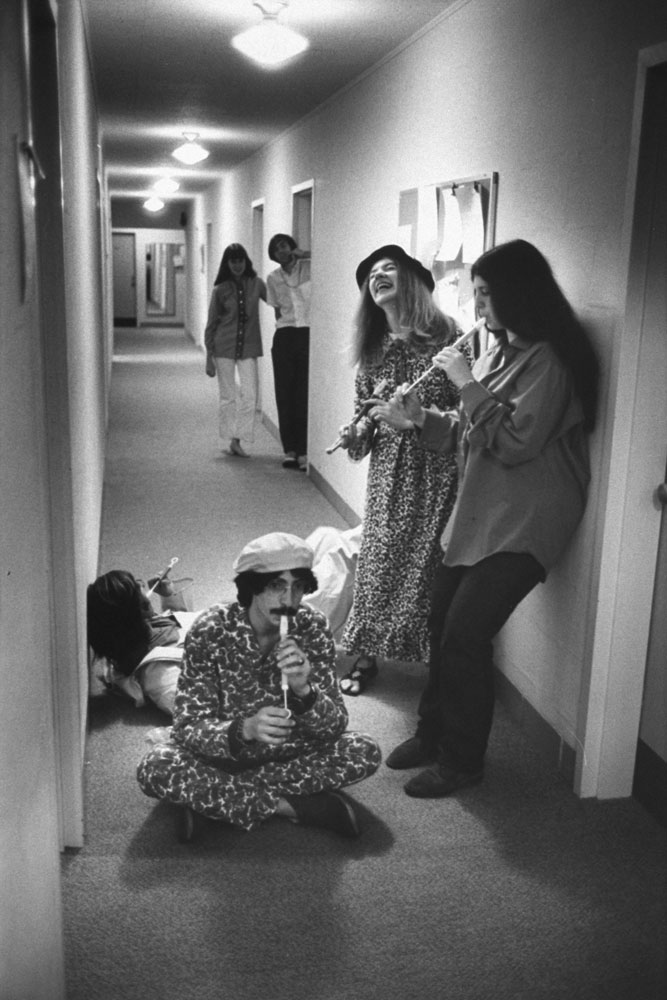
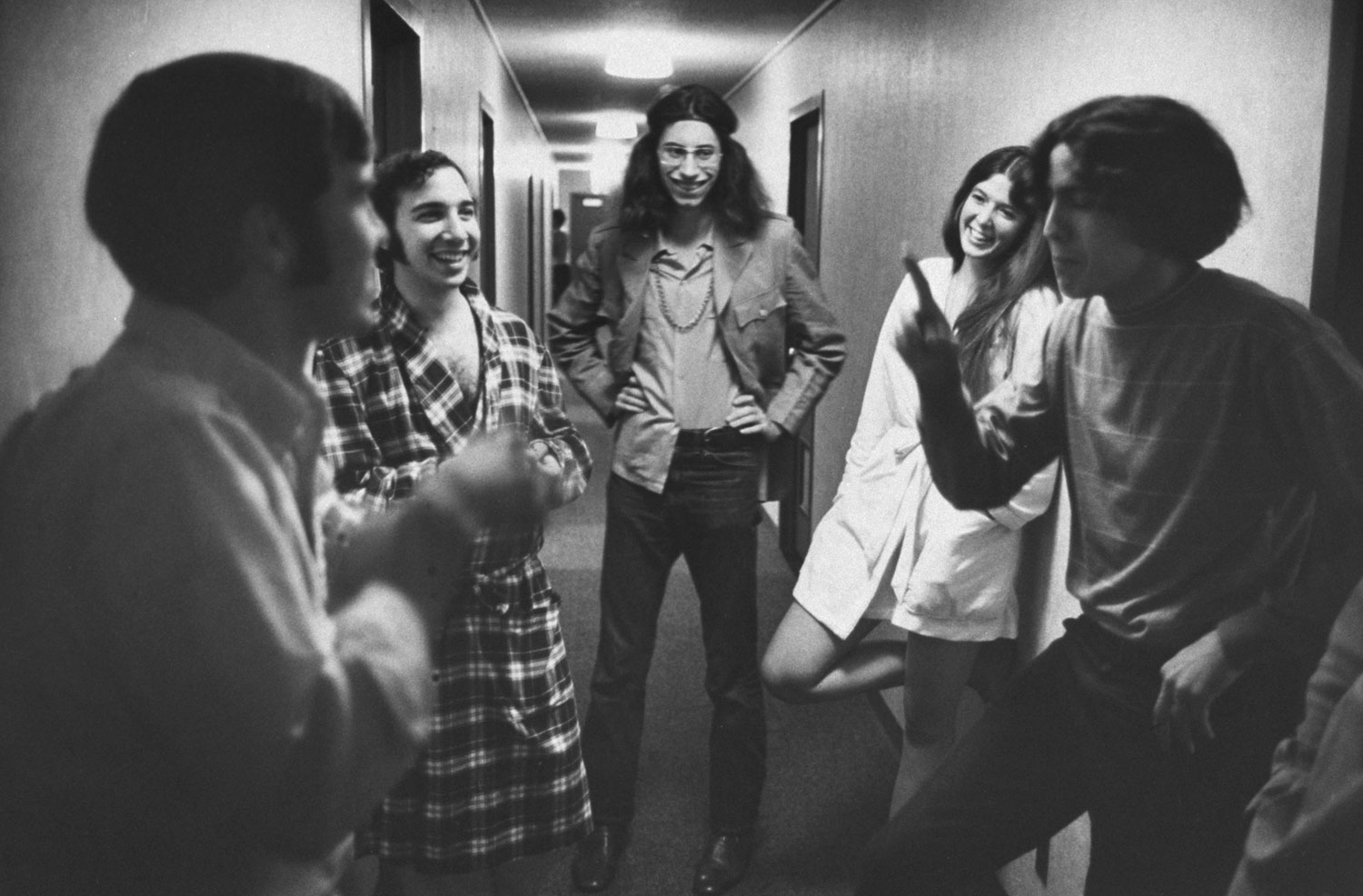
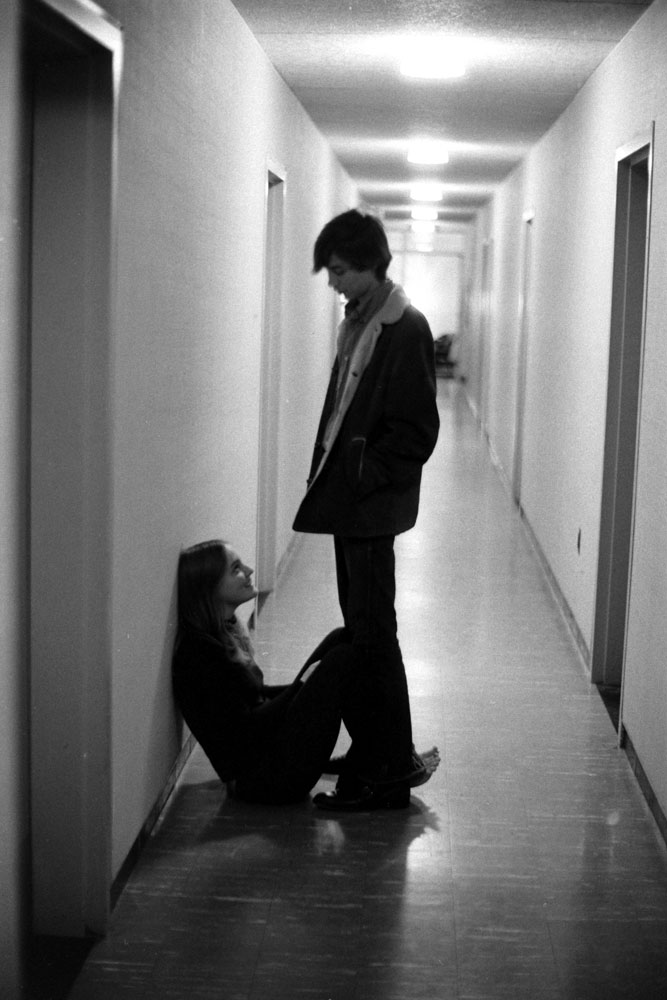
More Must-Reads from TIME
- Cybersecurity Experts Are Sounding the Alarm on DOGE
- Meet the 2025 Women of the Year
- The Harsh Truth About Disability Inclusion
- Why Do More Young Adults Have Cancer?
- Colman Domingo Leads With Radical Love
- How to Get Better at Doing Things Alone
- Michelle Zauner Stares Down the Darkness
Contact us at letters@time.com